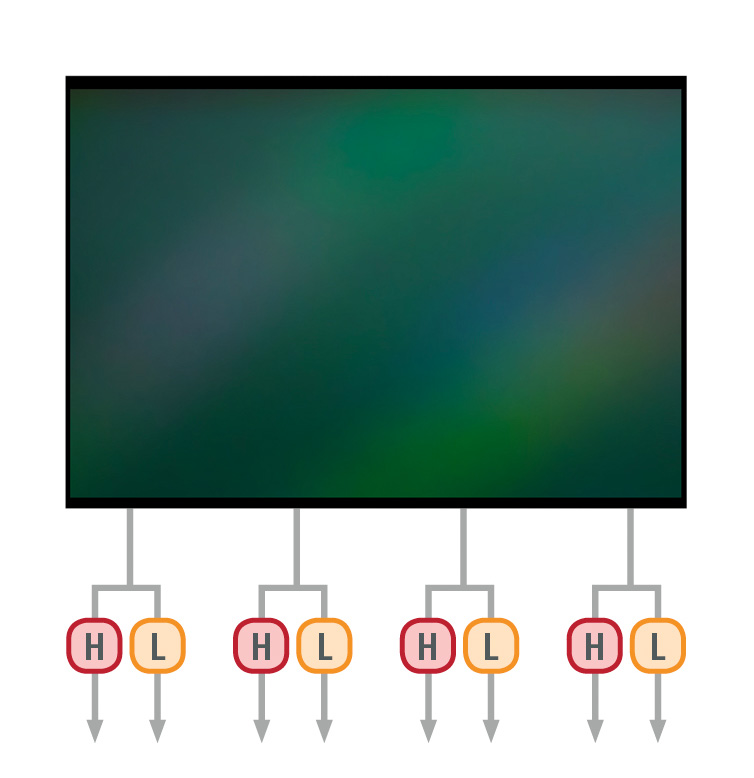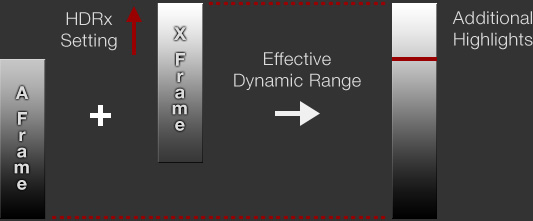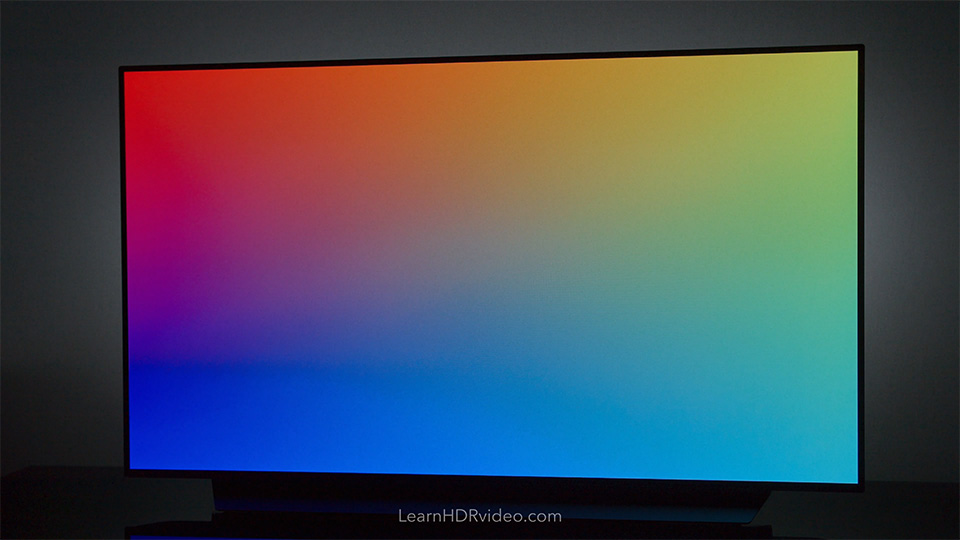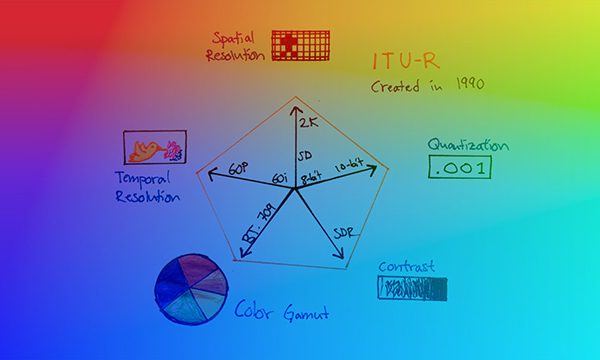HDR video vs. HDR imaging
To start off this course I want to address a misconception, where there’s a pretty common tendency to confuse HDR video with HDR imaging, also known as HDR photography. Now, to initially mistake High Dynamic Range video for HDR imaging when first learning about it isn’t that strange; especially with the implementation of HDR-mode in smartphone cameras.
Simply put; HDR imaging is about capturing high latitude imagery with a camera
– while HDR video is all about displaying a greater dynamic range on a monitor.
Digital cinema cameras today already capture high dynamic range imagery; with a much greater latitude than what can be displayed in SDR (Standard Dynamic Range).
You could even make the argument that the Arri ALEV sensors found in the Alexa lineup implements a type of HDR-imaging technology with its Dual Gain Architecture; where two separate read-out paths from each pixel with different levels of amplification are combined to make up a High Dynamic Range image. RED also has its own (although more manual) HDR imaging implementation called RED HDRx. This technology is actually very much the same as HDR photography; where the camera uses different exposure times to create several images which then are combined into a single frame. Although, contemporary RED-cameras can already capture very high latitude imagery without this feature; allegedly upwards of 16 or 17 stops (depending on how you measure it). Arguably all cameras today (especially those who record in RAW or with a Log-profile) can capture more dynamic range than what is possible to show in SDR. This means that colorists today have to squeeze all that latitude captured with the camera into a much narrower range; sacrificing both highlight detail, and possibly also shadow detail. Images courtesy of ARRI AG (top) and RED.com LLC (bottom).
HDR video is all about the display
As you probably have figured out; High Dynamic Range video is all about the display, and the ability to reproduce more of what’s been captured by the camera through new delivery formats. Today, HDR-capable color grading monitors are still very expensive, and can cost several tens of thousands of dollars.
At the same time, consumers are adopting HDR video at a rapid rate, as the accessibility amongst consumer hardware is continuously increasing. Today, it’s possible to watch High Dynamic Range content on TVs, tablets, smartphones, computer monitors and laptop displays. So there's basically a gap between consumers and content creators; where the former
are ahead of both the creatives and their clients; who seem to be slower when it comes to adopting this technology than many of the consumers have proven to be.
Start with consuming HDR-content
Before starting to work in HDR, I strongly recommend novices to get familiar with the medium by first consuming HDR video. Today, streaming services such as Netflix and Amazon's Prime video offers movies and TV-shows in HDR. You can also find HDR videos on YouTube. If you prefer to own a physical copy of your favorite content, 4K Blu-Ray discs also support HDR.
The C9 and CX-series OLEDs from LG are great options for this purpose; with high image quality, ease of use, and at a fair price point. I recommend the CX-series over the C9 for reasons discussed in the video: ‘Why I chose the C9 and CX-series OLEDs'.
A C9 or CX-series OLED combined with this course make up the ultimate solution for those who wish to get started with learning about and creating High Dynamic Range video today.
I hope you are as excited about High Dynamic Range video as I am!
All the best, Jonas Westling (LearnHDRvideo.com)



